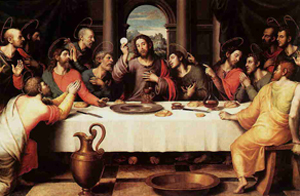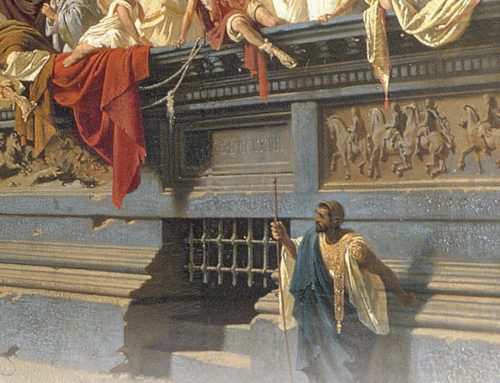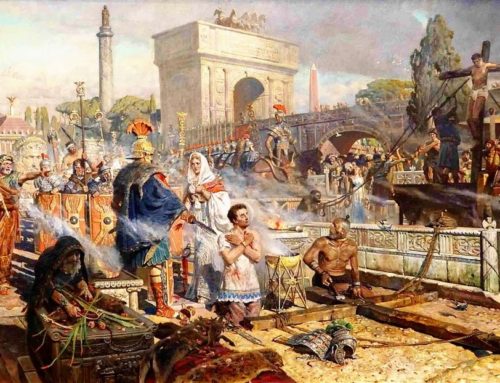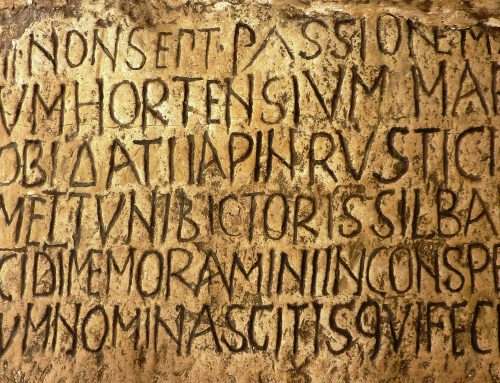Paul VI was elected back in June 1963. From the very start, he faced a huge challenge:continuing the Second Vatican Council, launched by his predecessor
Paul VI was elected back in June 1963. From the very start, he faced a huge challenge:continuing the Second Vatican Council, launched by his predecessor
PROF. JOHANNES GROHE
Pontifical University of the Holy Cross
“There were over 2,300 council fathers taking part. So having all these people agree on any given topic wasn’t easy.”
Dramatic social changes were developing in the 60’s and the Council was trying to keep up.
So Paul VI faced a big challenge. He had to make sure he didn’t exasperate divisions among bishops. As Pope, his vote was enough to make a unilateral decision, but he took a different approach: He wanted a unanimous decision.
PROF. JOHANNES GROHE
Pontifical University of the Holy Cross
“He knew he had the last word, but he was looking for a consensus among the council fathers and basically he accomplished this. In the end, there was just a small group of bishops who opposed the decrees.”
The topics they were tackling were quite controversial. Everything from inter-religious dialogue to the relationship between the Church and society in the 20th century.
PROF. JOHANNES GROHE
Pontifical University of the Holy Cross
“With the Second Vatican Council, the Church didn’t introduce new doctrines. Instead, what it did was speak to the world with a different tone and a different language. John XXIII said it’s not a time to condemn but rather to explain the faith.”
When debates got heated, Paul VI didn’t stop the discussion, allowing the conversation to flow thoroughly. He also didn’t give into pressure of focusing on the media’s talking points in their council meetings.
He led without imposing his status as Pope and above all, he encouraged dialogueto run its course.






Leave A Comment
You must be logged in to post a comment.